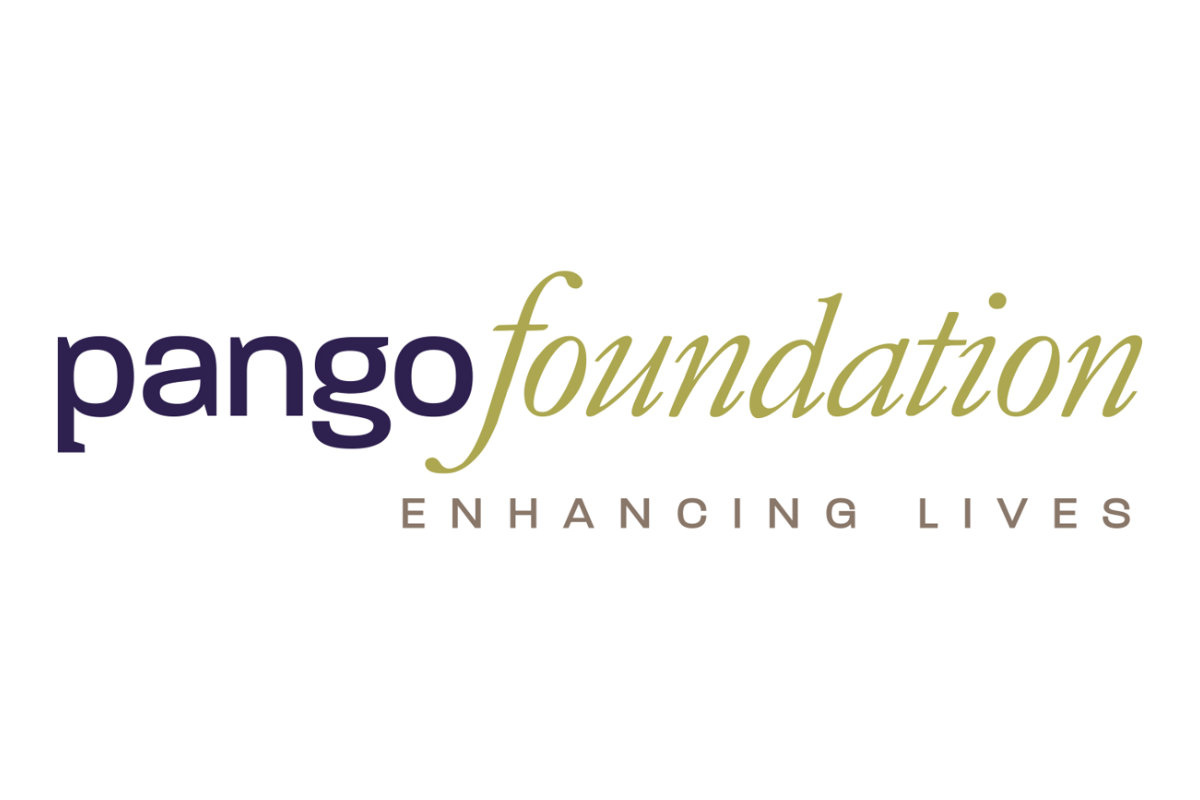On August 27, 2020, the Federal Reserve announced that they are taking a new approach to bolster the economy. The major policy shift includes allowing inflation to run higher than normal — over their 2% goal– if it, in turn, supports the labor market and economy. They have said they will allow this for “some time” if inflation averages 2% over time.
Many economists have been left wondering if this new approach will keep interest rates low. If unemployment rates fall and inflation doesn’t increase alongside it, it could spell good news in the way of less interest rate hikes. This could potentially be good news for home buyers as well, considering the Fed’s rate changes often influence mortgage interest rates.
Freddie Mac’s Primary Mortgage Rate Survey showed that mortgage rates have fallen as of August 27, 2020. The 30-year rate currently stands at 2.91% and the 15-year rate at 2.46%.
According to Federal Reserve Chair Jerome H. Powell, “The economy is always evolving, and the FOMC’s strategy for achieving its goals must adapt to meet the new challenges that arise. Our revised statement reflects our appreciation for the benefits of a strong labor market, particularly for many in low- and moderate-income communities, and that a robust job market can be sustained without causing an unwelcome increase in inflation.”
The pandemic has driven some of these changes, as officials recognize that many homeowners are at risk because of job losses they have already realized or potential ones down the line. This includes furloughs and pay cuts.
Fortunately, the Federal Housing Finance Agency (FHFA) has put in place some pandemic-related programs to assist homeowners, some of which have already seen extensions in their timelines.
Bob Broeksmit, president and CEO of the Mortgage Bankers Association (MBA), adds, “MBA and its members appreciate FHFA and the GSEs extending these important features. Both the origination flexibilities and the program to purchase loans in forbearance are providing important stability to the mortgage market during the pandemic.”
These programs have allowed lenders to offer low-rate mortgage financing to consumers who could have otherwise been impacted negatively. In fact, according to MBA’s most current Forbearance and Call Volume Survey, the number of loans in forbearance decreased from 7.21% to 7.20% in servicers’ portfolio volumes in mid-August.
Unemployment insurance claims continue to remain high, which is a concern for economists. However, the Fed’s revised policy could spell some relief for interest rates should their metrics continue to be achieved.
Our team is here to support you and your escrow needs, so please reach out if you need assistance. It would be our absolute pleasure to help in any way that we can!



